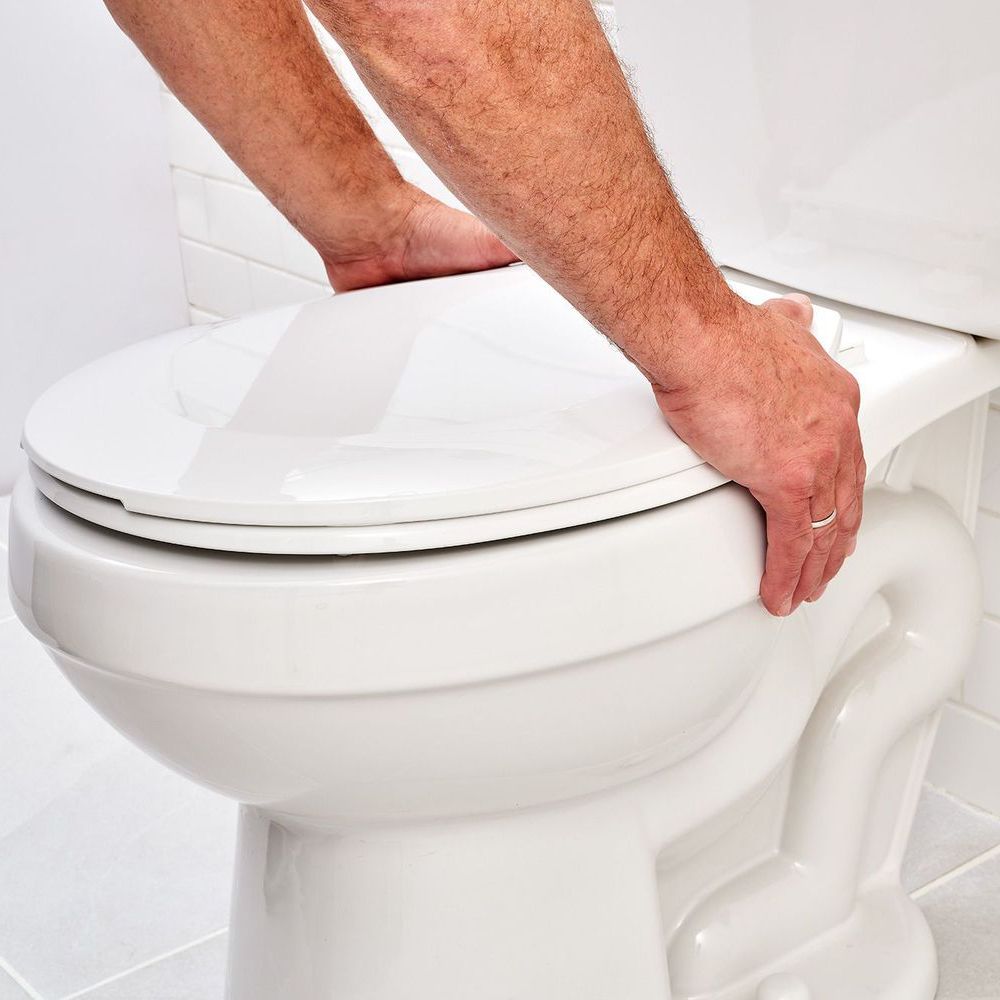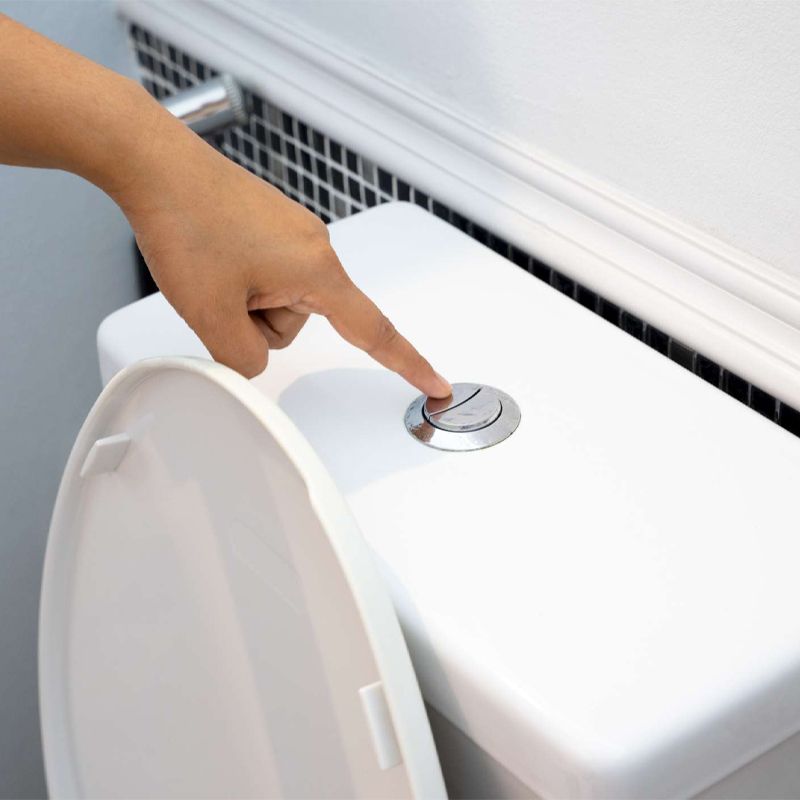 English
English
Jabra Sanitary is a sanitaryware supplier offering toilets, sinks, faucets, bathtubs, etc., at competitive prices. If you're a distributor, wholesaler, or project contractor, get a quote today!
 $23.9 Limited-time Offer
$23.9 Limited-time Offer Consignment Policy
Consignment Policy 20 Years of Experience
20 Years of Experience
In the realm of bathroom fixtures, the P-trap is an often overlooked yet crucial component. This ensures smooth drainage and prevents unpleasant sewer gases from entering your living space. Understanding the common P-trap sizes for a bathroom sink is essential for homeowners and plumbers alike.
This article will guide you through what sizes p traps are for a bathroom sink and the process of measuring the right P-trap size. Besides, it also offers the bathroom sink drain p-trap installation and fixing tips. It helps ensure your bathroom sink functions efficiently and maintains a fresh and odor-free environment.
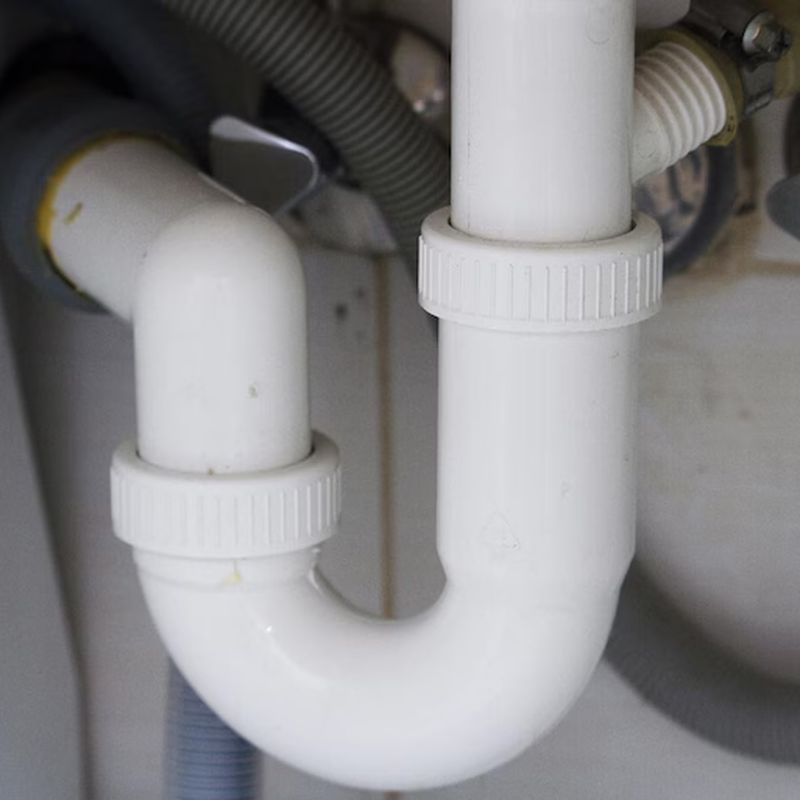
Table of Contents
The Standard P-Trap Size for a Bathroom Sink
Different-sized P-traps: From Small to Large
What to Consider When Choosing the Right Bathroom P-Trap Size
How to Measure Your P-Trap Size for Replacement
Installation Guidelines for P-Traps
Fix Issues with Incorrect P-Trap Sizing
FAQs
Conclusion
The Standard P-Trap Size for a Bathroom Sink
When it comes to bathroom sink P-traps, standardization is key to ensuring compatibility with various plumbing systems.
The most common P-trap size for a bathroom sink is 1 1/2 inches. It is designed to fit the standard 1 1/2-inch drain pipes found in most residential settings.
This size is prevalent due to its universal fit and an optimal balance achieved between water flow and the effective trapping of debris and odors.
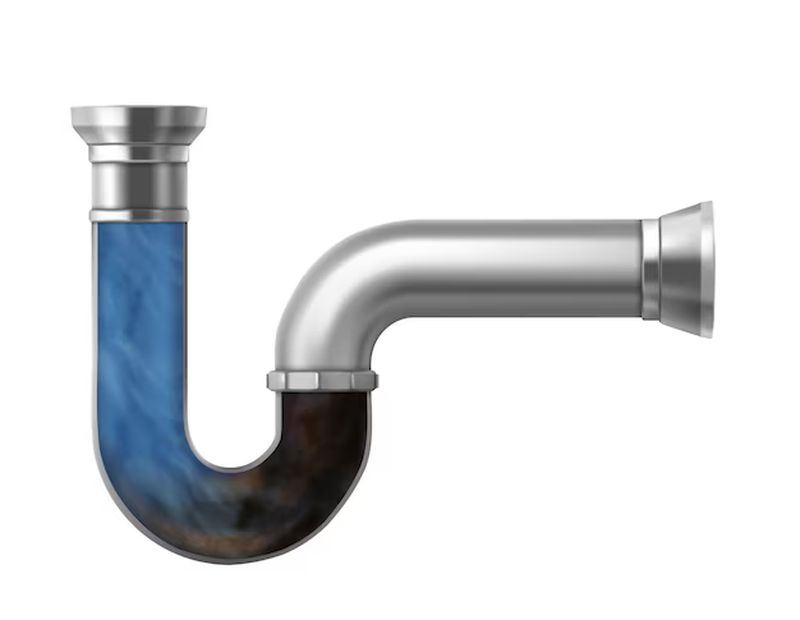
Are all p traps the same size? The answer is NO. It's important to note that while this is the standard, there are variations in P-trap sizes, including 1 1/4 inches and 2 inches.
These bathroom p-trap sizes are less common but may be necessary for specific sink models or older plumbing systems.
Different-sized P-traps: From Small to Large
P-traps come in various sizes to accommodate different sink drainpipe diameters and plumbing configurations. Understanding the differences between small, medium, and large P-traps is essential for selecting the right fit for your bathroom sink. Here is the breakdown:
Size |
Inches |
Description |
|---|---|---|
Small P-Trap |
1 ¼ |
The smallest P-trap in your bathroom is beneath your sink. These are less common in residential settings but may be found in compact or space-saving designs. They are ideal for smaller bathrooms or where space is at a premium. |
Medium P-Trap |
1 ½ |
This size is standard for most household bathroom sinks and provides a good balance between water flow and odor prevention. It's the go-to choice for general bathroom sink installations. |
Large P-Trap |
2 |
They are commonly found beneath showers and toilets. They are more likely to be found in commercial settings or where higher water flow rates are required. These P-traps can handle more water volume, making them suitable for larger sinks or multiple sink setups. <Learn S-trap vs P-trap> |
What to Consider When Choosing the Right Bathroom P-Trap Size
Selecting the appropriate P-trap size for your bathroom sink involves more than just measuring the diameter. It involves several key factors to ensure optimal performance and compliance with standards.
Here are important considerations:
Diameter of Your Sink Drainpipe
The first consideration is the diameter of your sink's drainpipe. As mentioned, the standard is 1.5 inches.
But it's essential to confirm this measurement to avoid any misalignment or leakage. Use a tape measure or a caliper to accurately determine the diameter of your drainpipe.
Local Plumbing Code
Compliance with local plumbing codes is non-negotiable. These codes often dictate specific requirements for plumbing fixtures, including P-traps.
Ensure the P-trap size you choose adheres to these regulations to avoid any legal issues or potential fines.
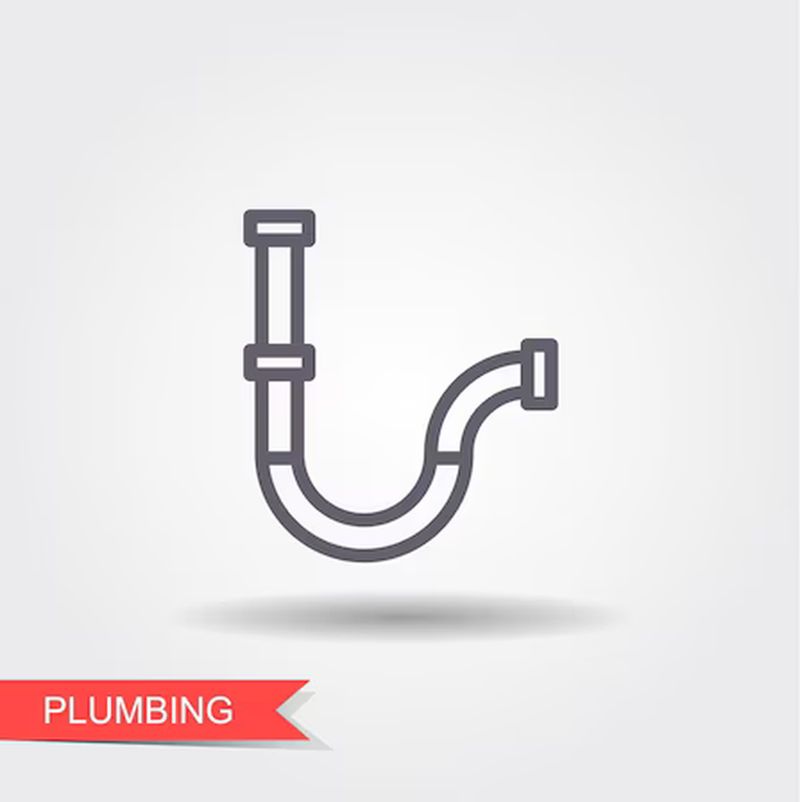
Distance from the Sink Drain to the Plumbing Stack
The distance between your sink drain and the plumbing stack can influence the P-trap size you need. A longer distance may require a different size to maintain proper water flow and prevent sewer gases from backing up into your sink.
The volume of Water Your Sink Will Handle
Lastly, consider the volume of water your sink is designed to handle. Sinks with higher water flow rates may require a larger P-trap to manage the increased volume effectively. A larger one also prevents overflows and ensures smooth drainage.
By taking these factors into account, you can make an informed decision about the right P-trap size for your bathroom sink. You can enjoy a functional and efficient plumbing system.
How to Measure Your P-Trap Size for Replacement
When it comes time to replace your bathroom sink's P-trap, having the correct measurements is crucial to ensure a leak-free and efficient installation. Here's a step-by-step guide to measuring your P-trap size:
Turn Off the Water
Before initiating the replacement process, it is imperative to ensure the water supply to the sink is securely turned off. This step is crucial to prevent any accidental water flow, which could potentially lead to flooding and subsequent damage to your property.
Remove the P-Trap
To proceed, carefully disassemble the existing P-trap from its position under the sink. This task may use a wrench or pliers, particularly if the P-trap has been in place for a long time and has become rusted or tightly secured. Be careful during this step to avoid damaging the surrounding pipes or fixtures.
Measure the Threads
Examine the threaded connections where the P-trap interfaces with the drain pipe. Utilize a precision tool such as a tape measure or caliper to accurately determine the diameter of these threads.
This measurement is essential as it will dictate the size of the replacement P-trap you need to purchase.
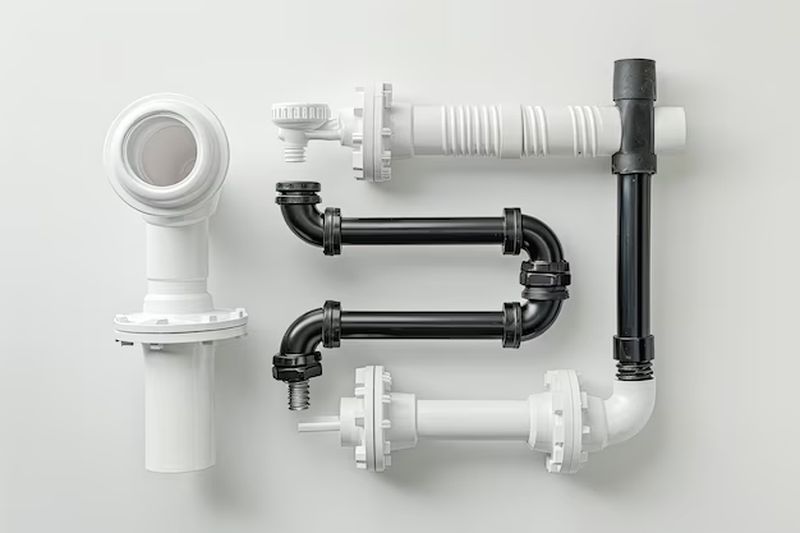
Check the Overall Length
Measure the entire length of the P-trap, encompassing both the elbow and the vertical drop.
This will help ensure that the replacement P-trap fits comfortably within the available space under your sink. This step helps prevent any installation issues.
Note the Outlet Diameter
Measure the diameter of the outlet where the P-trap connects to the tailpiece. While this is often consistent with the thread diameter, it is prudent to double-check to avoid any discrepancies.
Consider the Slope
While not a traditional measurement, it is vital to consider the slope of the new P-trap. Ensuring the slope allows for adequate drainage and prevents water from stagnating will help maintain proper functionality and prevent odors.
By adhering to these steps, you can accurately determine your P-trap size. These also ensure a seamless replacement process for the optimal performance of your bathroom sink.
Installation Guidelines for P-Traps
Proper installation of a P-trap is essential for maintaining efficient drainage and preventing sewer gases from entering your bathroom. Here are the key steps and considerations for installing a P-trap in your bathroom sink:
Planning and Preparation
Carefully plan the installation and read all instructions before beginning. P-trap location, spacing, and situational requirements can vary. It's important to observe all local plumbing and building codes. It is recommended that installation is carried out by a professional plumber or contractor.
Assembly
Assemble the P-trap by inserting the J-Bend's rubber washer onto the J-Bend and securing it with the J-Bend's slip nut. Similarly, insert the Wall Bend waste tube's rubber washer into the Wall Bend waste tube and slide the Wall Bend's slip nut onto the tube. Please note that do not tighten these yet.
Water Supply
Shut off the main water supply under the cabinet. If replacing an old P-trap, be prepared with a bucket or towels as some water will remain in the J-Bend.
Fit and Alignment
Check the fit of the completed P-trap between the drain's tailpiece and the main waste connector coming out from the wall. Adjust the drain's tailpipe length if necessary to align with waste connection height requirements.
Installation of Wall Bend Waste Tube
Slide the decorative wall flange onto the Wall Bend waste tube and install it into the waste outlet in the wall. During the process, you can use silicone grease if needed. Hand tighten, but do not fully tighten.
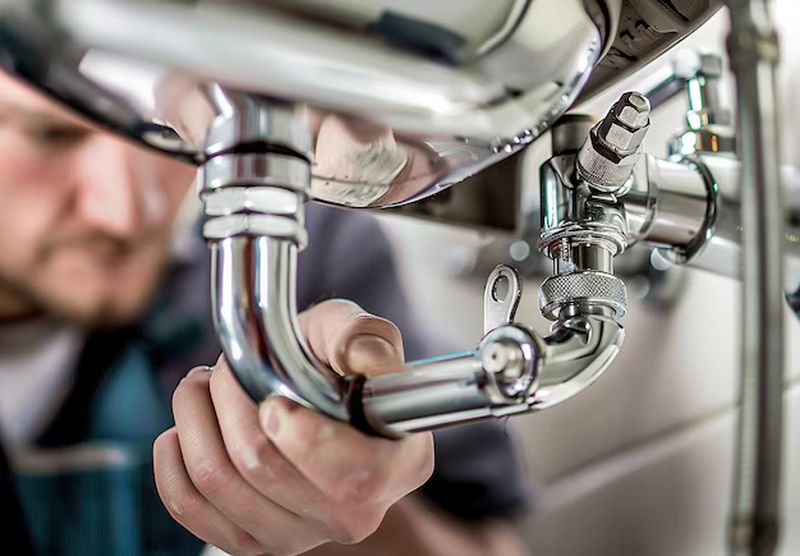
Installation of J-Bend/P-Trap
Unscrew and remove the J-Bend's rubber washer and slip nut. Slide the slip nut and washer over the existing tailpiece from the lavatory drain. It ensures the small end of the rubber washer faces up. Align and insert the drain's tailpiece into the J-Bend, ensuring it extends 1" to 2" into the trap. Hand-tighten the slip nut.
Tightening Connections: Once the P-Trap is aligned properly to the waste outlet and tailpipe, tighten the connections. Ensure a 1/4" slope per foot on a 1.5" drain pipe to maintain proper drainage. Protect the finish when tightening.
Fix Issues with Incorrect P-Trap Sizing
Encountering issues due to incorrect P-trap sizing is a common plumbing headache. Here's how to address these problems:
Buy the Correct Size P-Trap
If you've identified that your P-trap is either too large or too small, the first step is to purchase the correct p trap size. Measure the diameter of your sink's drainpipe and ensure the new P-trap matches this measurement.
A standard under-sink PVC P-trap costs between $5 and $50. Metal traps are slightly more expensive, but most fall below the $100 range.
Buy an Adapter
Sometimes, finding an exact match for your sink's drainpipe can be challenging. In such cases, adapters can be a lifesaver.
They allow you to connect a P-trap of a slightly different size to your sink's drainpipe without the need for extensive modifications. Hiring a pro is best if you don’t have experience on it.
Swap Out the Drain
If your sink's drainpipe is significantly different from the standard p trap sizes, it might be more practical to swap out the drain itself.
This involves replacing the entire drain assembly with one that has a standard-sized outlet. This practice can make the drain compatible with the common P-trap sizes. A professional plumber will know how to do it correctly.
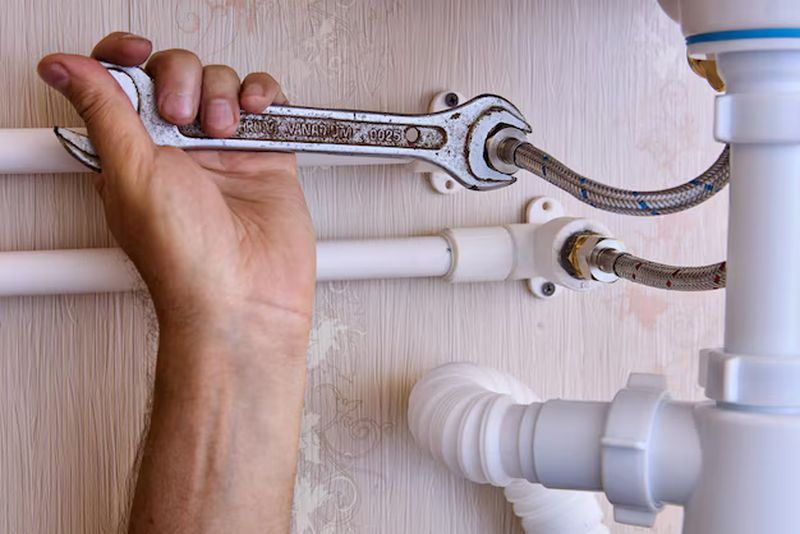
FAQs
What is a P-trap used for?
A P-trap, also known as a U-bend, is a plumbing fixture that prevents sewer gases from entering your living space while allowing water to flow through. It creates a water seal that blocks odors from the drainpipe.
Is a bigger P-trap better?
A P-trap is not necessarily better when it's larger. The size should match the sink's drainpipe to ensure a proper seal and efficient drainage.
A P-trap that's too large might not seal correctly, leading to sewer gas leaks. A smaller one might not allow water to flow freely, causing blockages.
Should a double sink have 2 P-traps?
Yes, a double sink typically requires two P-traps, one for each sink. This ensures each sink has its own water seal. This can prevent odors from one sink from affecting the other and ensuring proper drainage for both.
Can a P-trap be installed higher than the drain entry?
No, the P-trap should be installed lower than the drain entry to maintain the necessary water seal. Installing it higher could break the seal and allow sewer gases to escape, defeating the purpose of the P-trap.
What are the common materials used for bathroom sink P-traps?
P-traps are commonly made from PVC, brass, chrome-plated brass, and stainless steel.
PVC is cost-effective and easy to work with, while brass and chrome-plated brass offer durability and resistance to corrosion. Stainless steel is known for its strength and resistance to rust, making it a popular choice for long-lasting P-traps.
Each material has its pros and cons. So the choice often depends on budget, aesthetic preferences, and the specific requirements of the installation.
Conclusion
In conclusion, understanding the common P-trap sizes for bathroom sinks and how to measure them is crucial for maintaining efficient and odor-free drainage.
By adhering to compatible p-trap sizes, considering local codes, and accurately measuring your specific sink, you can ensure a proper fit and function.
Remember, the standard p trap size is not just about compatibility—it's about the health and comfort of your home.
If you still have questions about what size a p trap is for a bathroom sink or how you measure a bathroom sink, you can contact Jabra Sanitary, the best kitchen sink brand, which offers measurement and installation services!









